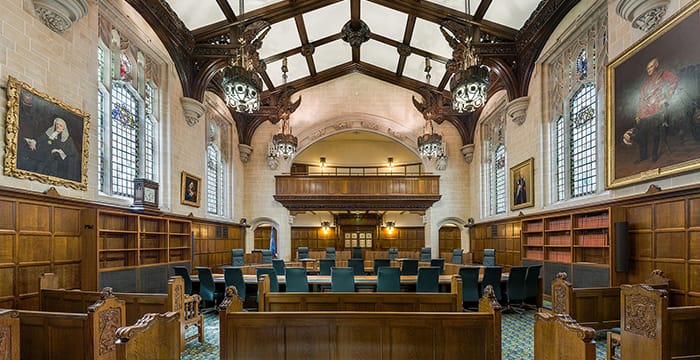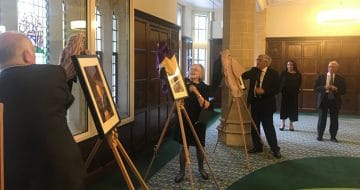Series of tweets to mark top court’s tenth birthday

One Cambridge law student has shared a series of nerdy facts about the Supreme Court to mark its tenth anniversary yesterday.
Lewis Graham, a doctorate student at the University of Cambridge, commemorated the occasion in 18 “mostly useless” Twitter posts. Graham, whose research focuses on the interplay between judges, courts and politics (i.e. we can probably take his word for it) described top court trivia in its first decade of action. Here are some snippets:
A Supreme Court in unanimity (for the most part)
The Court has handed down 682 cases, 140 of which have been split. That means it can boast a unanimity rate of almost 80%, much higher than some other Supreme Courts (but perhaps lower than some might expect!)
— Lewis Graham (@LewisGrahamLaw) October 1, 2019
Look how far we’ve come
Altogether, 35 different judges have sat in cases, including supplementary ones. The very first case it handed down was JFS (costs) [2009] UKSC 1 (14 October 2009); its last one of Trinity Term 2019 was D (A Child) [2019] UKSC 42 (26 September 2019).
— Lewis Graham (@LewisGrahamLaw) October 1, 2019
Three is not a crowd
The vast majority (82.84%) of cases are dealt with by Justices in panels of 5. But there have also been 6 three-panel benches, 89 seven-panel benches, 20 nine-panel benches and 2 eleven-panel benches.
— Lewis Graham (@LewisGrahamLaw) October 1, 2019
A judgement on the court’s productivity levels
The Court's tenure was divided into ten legal years, which varied in terms of output. The least productive year in terms of handed down was the 2009/10 year (57 judgments); the most productive was the 2012/13 one (83 judgments).
— Lewis Graham (@LewisGrahamLaw) October 1, 2019
Paragraph production
Over ten years, the Court has produced 55, 213 paragraphs. The legal year with the highest paragraph production was the 2014/15 year (6716 paras); the lowest was the most recent 2018/19 year (4739 paras)
— Lewis Graham (@LewisGrahamLaw) October 1, 2019
Those lengthy judgments…
Average judgment length also varied considerably. Judgments of the 2010/11 legal year had an average length of 104.62 paragraphs. In the 2017/18 year, it was 67.63 paragraphs.
— Lewis Graham (@LewisGrahamLaw) October 1, 2019
A heads-up for law students contemplating their reading
The Court's shortest judgment was Aima 2 [2013] UKSC 42 (just 7 paras). Its longest judgment was the NIHRC case [2018] UKSC 27 (371 paras). This was followed by Nicklinson [2014] UKSC 38 (366 paras); Lumba [2011] UKSC 12 (362 paras) then Al-Waheed [2017] UKSC 2 (360 paras).
— Lewis Graham (@LewisGrahamLaw) October 1, 2019
Our leading lady
In terms of raw numbers, Lady Hale sat on the greatest number of cases (385); this is followed by Lord Kerr (269) and Lord Mance (261). This means that Lady Hale sat in over 56% of all Supreme Court cases that currently exist.
— Lewis Graham (@LewisGrahamLaw) October 1, 2019
Lady Hale also wrote the greatest number of lead judgments overall (84). Perhaps surprisingly, Lord Sumption wrote 70 of his own lead judgments, more than Lord Neuberger (65).
— Lewis Graham (@LewisGrahamLaw) October 1, 2019
Who’s the court’s most frequent dissenter?
Lord Rodger can claim to be the Court's most frequent dissenter, doing so in 12.7% of the cases in which he sat. Lord Kerr comes second at 12.3%, followed by Lord Brown (10.3%) and Lord Briggs (9.8%).
— Lewis Graham (@LewisGrahamLaw) October 1, 2019
The UK’s highest court in the land (previously the Appellate Committee of the House of Lords) was formally established on 1 October 2009, which also marks the start of the new legal year.
It has been a year of celebration at the Supreme Court. In February, royal couple Prince Charles and Camilla, Duchess of Cornwall, popped in for a visit, and in July, current president Lady Hale, along with some of her former predecessors, celebrated ten years with an official portrait launch. The Supreme Court will be releasing a commemorative lecture series next month.


